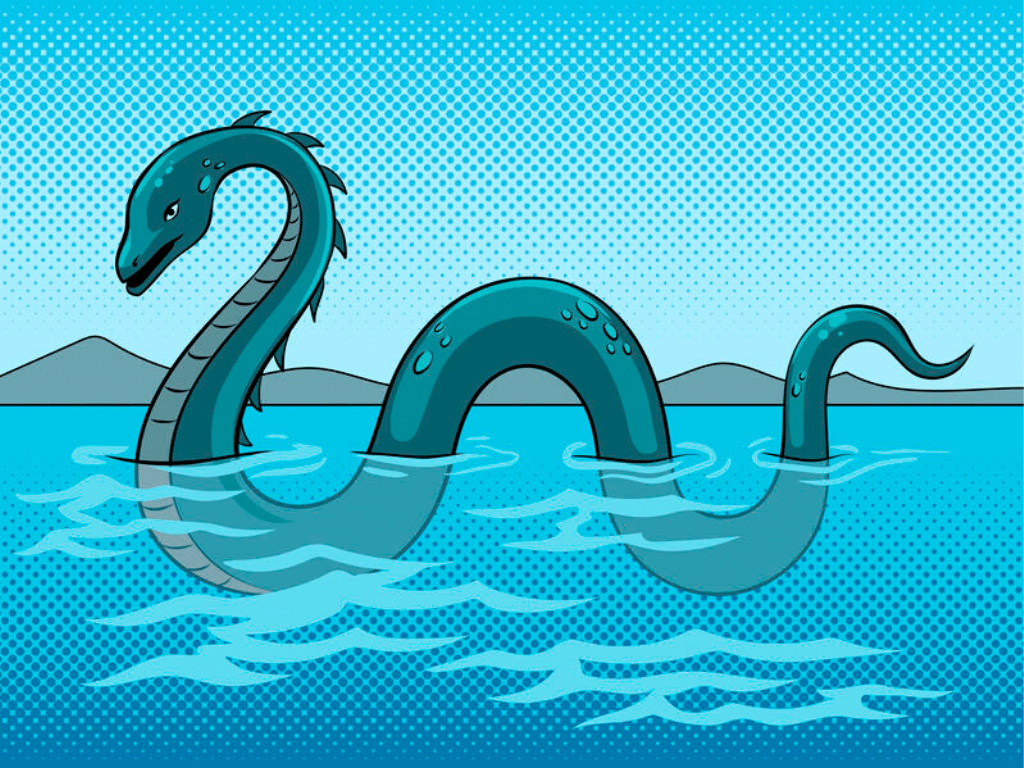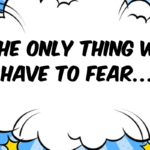Most children go through a phase where they believe there’s a monster hiding under their bed. It lives only in their imagination, but it really terrifies them.
Why do they do that?
In all the history of the world, all the children in all the beds, has there ever been a monster?
[Jeff goes and checks under his bed, just to make sure.]No. I’m quite confident there are no monsters under any of the beds.
Kids imagine monsters under the bed as a way of giving focus to their amorphous bedtime fears: fear of the dark, fear of being alone, fear of abandonment, etc. Those things are hard for them to understand, hard for them to describe.
So they create something concrete to focus on: A monster. Nearby, but out of sight.
In a way, that monster is a kind of comfort. It’s scary, but that may be easier to handle than the real fears that they don’t fully understand.
Fundraisers do the same thing.
They have plenty of things to be afraid of. Changing donor demographics and habits. Changing technology use. Rising costs. Leaders who don’t get it. And fundraising is just plain hard. All these things can sink your fundraising.
So we have created something to focus our fear on:
Donor fatigue.
Donor fatigue is a dark fantasy we fundraisers create in our minds to give focus to our fears.
Like the fears of children, some of our fears are not reasonable; they flow from our ignorance. But some of our fears are very real. It’s hard to tell the difference between the realistic fears and the unrealistic ones. That’s why a made-up bogey man like donor fatigue thrives in our profession, despite the fact that it doesn’t really exist.
Let’s start our conquest of the donor fatigue monster by describing it:
Donor fatigue is a theoretical condition in which donors — all of them, or at least an awful lot of them — get tired of giving and become measurably less responsive to fundraising. The extra-scary version has it that donors not only tire of giving, but turn against us fundraisers and opt out of all giving entirely because they’re so fed up with our fundraising. It’s usually described as fatigue about a specific topic — usually a famine or other large-scale disaster, but sometimes it’s giving in general.
Okay, no kidding. That’s super scary. If it ever actually happened, it would really be something to focus on.
But, as you’ll see, donor fatigue doesn’t really happen.
Except in one way, and this is what should worry you: If you believe in donor fatigue, it becomes real. (I’m pretty sure the monster under the bed never does that!)
Here’s how it works: You believe in donor fatigue — you believe donors will not respond — so you don’t bother asking them to give.
Not being asked, they don’t give.
Presto! A monster materializes out of nowhere. Donor fatigue has become a reality!
But it’s not caused by donors. It’s caused by fundraisers.
The monster of the moment is “coronavirus fatigue.” It’s a belief that we’ve completely tapped out donors with our fundraising about the pandemic and its impacts. They’re just sick of it, and they will not respond!
I have not seen any evidence of this. Those fundraisers who are still putting out those messages are still doing well. Not all are getting the jaw-dropping results they were getting a few weeks ago, but they’re still doing better than normal.
So your best course of action is to ignore the monster under the bed. Continue raising funds. That is your path to success.
But let me throw you a curve: Something like donor fatigue really does happen sometimes.
For the scared kid, there’s no monster, but it might turn out there’s a spider under the bed — and what is a spider but a very small monster?
Your spider under the bed is this: As with all disasters, the pandemic and its aftermath will eventually fade as a motivating topic for donors. For all of us, there is coming a time when something other than the pandemic is more effective at moving donors to give.
That’s not an “if” — it will happen. We don’t know when. We’ve all been surprised at how long the high responsiveness to this crisis has lasted. Far longer than any other crisis in my career. My guess is that the drop in giving to pandemic messaging will happen at different times and different speeds depending on where you are and/or what fundraising sector you’re in.
Two things that will serve you well between now and when giving starts to dip:
- Keep your finger on the pulse of your donors. Until you see a steep drop in responsiveness to virus-related fundraising, you should keep doing it. But when that drop happens, be ready to pivot to other messages.
- Don’t decide for your donors that they are fatigued! That’s their decision, not yours.
I know you’re tired of talking about the pandemic. I sure am. But that’s not a reason to stop talking about it — if it is still a concern for your donors.
Base your fundraising on knowledge. Not on fears.
Don’t believe in donor fatigue just because someone says it’s happening — but they don’t offer evidence. And don’t believe it even though it feels believable.
Because when you fall for the donor fatigue myth, it will become a reality.
One of the best ways to keep your finger on the pulse of donors is to belong to a community of smart fundraisers who share knowledge. That’s what you’ll get when you join The Fundraisingology Lab by Moceanic. It’s a true community, the thing we all need most right now — plus all kinds of courses, templates, checklists, and other resources that can help you go to new places as a fundraiser. More information here.
Related Posts:










